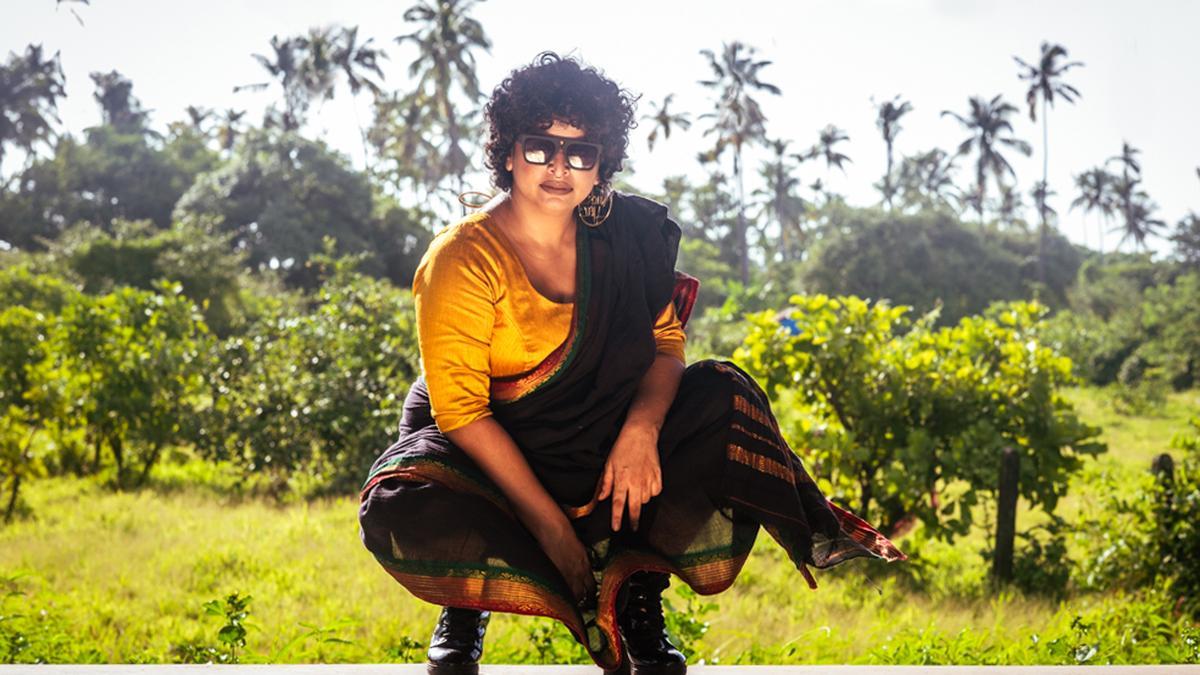
Swedish filmmaker Ruben Östlund, the acclaimed director behind works such as “The Square” and the Oscar-winning “Triangle of Sadness,” recently ignited a thought-provoking conversation on the societal influence of film and camera usage. Speaking with The Guardian, Östlund proposed a controversial idea: the implementation of a licensing system for camera operation, similar to the regulation of firearms observed in several countries around the world.
“I have an idea. What if you were only allowed to use a camera if you have a license? You need one for a gun — at least in sophisticated countries. The camera is also a powerful tool,” Östlund remarked, drawing an interesting parallel between the power wielded by a camera and that of a firearm.
The statement from the two-time Palme d’Or recipient goes beyond a mere off-the-cuff remark; it highlights his deep-seated belief in the ethical necessity of responsible media production and consumption in a society increasingly influenced by the images it consumes. In the midst of a culture dominated by screens — from smartphones to movie theaters — Östlund asserts the transformative impact that film can have on the world.
He discusses the entertainment industry’s sometimes cavalier attitude toward the content it churns out, particularly in relation to fiction. “Movies are changing the world and it’s important to take that into consideration when you’re in this profession,” he said. He counters the dismissive outlook, emphasizing: “You have to fight quite hard to make people realize what kind of effect the images we consume have.”
The director, whose films often delve into deep social and cultural critique, also elaborates on the unique and ever-important role of cinema in fostering communal dialogue. As society moves more toward virtual realities and the so-called meta world, Östlund sees the cinema not only as a place for individual experience but as a “citizens’ assembly” of sorts. Here, people can congregate, react collectively, and formulate thoughts in collaboration with one another.
Östlund further praises the theatrical setting as a critical hub for interactive discourse, contending that the value of going to the movies is not merely in the large display but in the social interaction it provokes. “It’s having to process information in a completely different way, because someone might ask you what you think,” he argued, lamenting the loss of intellectual engagement when content is consumed in isolation, which he compares to watching “like a zombie.”
The Swedish director’s sentiments come at a time when issues of false information, media manipulation, and the psychological effects of screen time are hotly debated. Through his call for a licensing system, Östlund seems to be advocating for a more thoughtful and educated field of filmmakers who handle cameras with the same respect and responsibility as one would handle a weapon, aware of its potential to harm or heal.
While Östlund’s proposal is radical and perhaps not feasible in its literal sense, it raises considerable points warranting examination regarding the accountability of content creators. The implications of his argument suggest a need for greater introspection by those who capture and disseminate visuals – a need to understand the weight of the stories they tell and the images they share.
As the cinematic landscape evolves amidst technological advancements and changing consumption habits, conversations like the one spurred by Östlund’s provocative comparison are invaluable. They compel artists, consumers, and policymakers alike to confront the profound effects visual media can have on individuals and society as a whole, and to consider what measures might be necessary to ensure that power is wielded with care.










